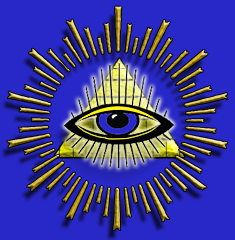


|









|

|

|

|

|

|

|
|
In early times, prior to the development of modern surveying techniques, and the recording of the position, shape and size, of land areas, it was very difficult to establish the permanent boundaries of a farm, estate, or other piece of land. Almost the only known way was to fix upon some prominent feature, such as a hill, a stream, a rock, or even a tree, and draw a line from it to some other feature, and thus establish the limits beyond which a man's property could not, or should not, go. Later, more or less permanent stone markers, with identifying marks cut into them, were set up. Their self-explanatory name was landmarks.Throughout history, we see evidence that the destruction or removal of landmarks, was considered a serious offense, as without them, there was no means of measuring the encroachment by one person on the property of another. In the craft of Freemasonry there are certain principles, practices, traditions, usage's and laws, which are considered to be significant to the essential identity and nature of Freemasonry. These things, which are spoken of as the Ancient Landmarks of Freemasonry, cannot be changed by any Freemason, Lodge, or even a Grand Lodge. It is not intended to make an exhaustive list of the things that constitute the Ancient Landmarks. However, the following are some examples of the things Freemasons see them to be, - the things which make Freemasonry different from other organizations. |